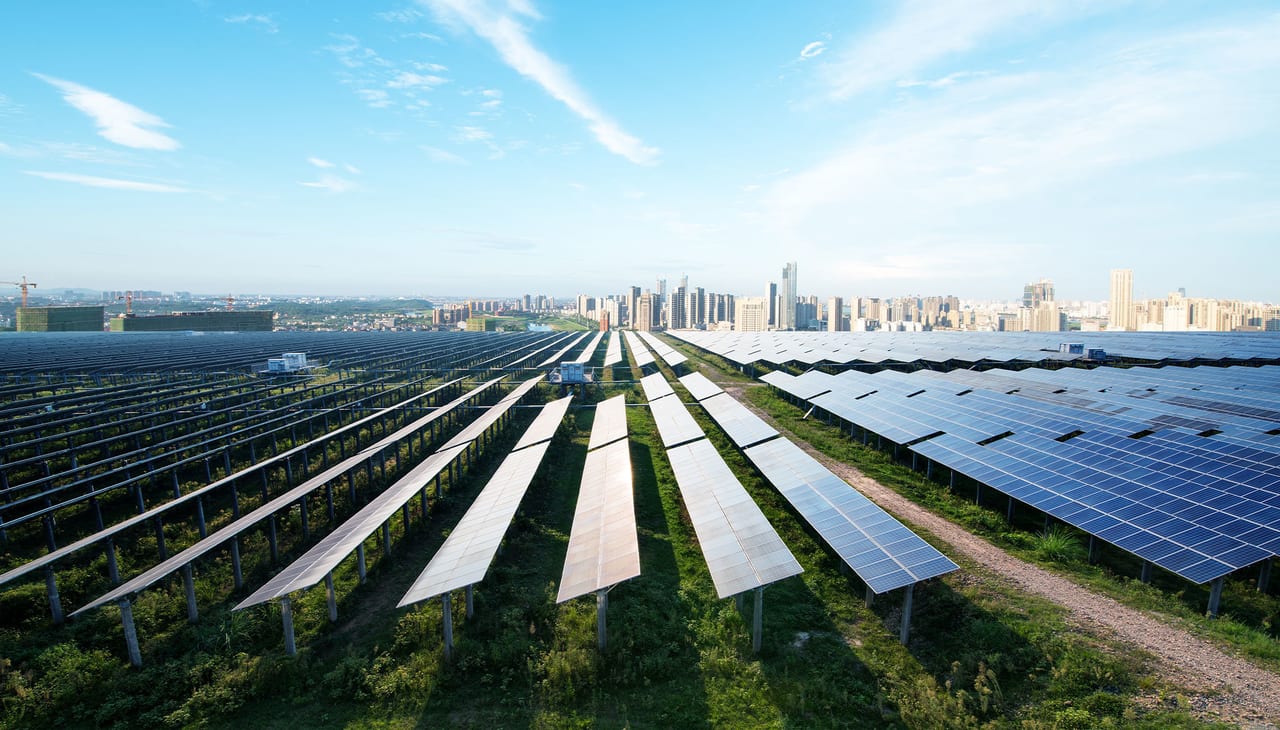
CODES CORNER
BY Matt Sigler
New digital strategies for building safety will be key to future sustainability
The industry is facing greater pressure to ensure plumbing and mechanical systems are sustainable and efficient.

For more than a year, the pandemic has escalated the need for the building safety industry to quickly evolve and incorporate a digital-first strategy. In tandem, tradespeople are also facing a greater pressure to ensure society’s plumbing and mechanical systems are sustainable and efficient. After all, between an aging water infrastructure, an increasing amount of stress on society’s limited freshwater supply and the call from the general populace to reduce society’s greenhouse gases (GHGs), the need to create more sustainable water and energy performance in buildings is nearing a critical level.
The current U.S. administration has outlined impressive greenhouse gas reduction goals based in part on increased building efficiency standards across the country. As more of the industry digitizes, the effort to achieve these goals would benefit from greater consensus on our shared strategy, especially as it relates to water and energy efficiency within buildings, as state and local governments have the ultimate say on building regulations, and many of the methods to achieve the administration’s goals are relatively new.
Water and energy efficiency is key to a sustainable future
As the creation of sustainable and resilient buildings becomes a greater priority, one critical component will be to ensure buildings are water and energy efficient. After all, clean water is the world’s most precious commodity, and without proper conservation, we will soon find ourselves without this finite resource. While with the increasingly visible impact of a changing climate, including the worsening frequency and intensity of disasters, it is abundantly clear that society must commit to enhanced levels of energy performance and overall sustainability.
Luckily, the tools to address water and energy efficiency have already been established. For example, model building codes like the International Plumbing Code (IPC) and the International Energy Conservation Code (IECC) play a key role in the ensuing access to clean water and cutting GHGs. As does the International Green Construction Code (IgCC), which is unique in that it integrates energy conservation with water efficiency, site/material sustainability and environmental quality. In fact, the U.S. Department of Energy recently released its final determination finding that the residential provisions of the 2021 IECC provide a 9.4% improvement in energy use and an 8.7% improvement in carbon emissions over the 2018 IECC.
The building industry, from safety to plumbing and mechanical, is rapidly evolving to embrace technology such as remote virtual inspections (RVIs), which use visual or electronic aids.
As communities race to reduce their GHG emissions and increase energy efficiency, the International Code Council — a global source of model codes and standards and building safety solutions — recently launched its “Code on a Mission” challenge, which aims to have more than a third of the U.S. population covered by the 2021 IECC by the end of 2023.
However, at a time when it is critical that buildings are equipped with these water and energy saving measures, the COVID-19 pandemic has been making it harder to conduct onsite inspections typically required during new construction and major renovations. Therefore, the building industry, from safety to plumbing and mechanical, is rapidly evolving to embrace technology such as remote virtual inspections (RVIs), which use visual or electronic aids that allow inspectors to observe specific construction projects, products or materials from a distance. These remote inspections are beneficial when materials or buildings are inaccessible, in dangerous environments or when other circumstances prevent an in-person inspection. A clear understanding of the requirements for remote inspections and regular communication throughout the process by all parties involved is paramount to its success.
Guidance is critical to the successful implementation of new technology
As the industry installs new practices in the age of remote inspection and social distancing, these professionals must be armed with the proper guidance and compliance rules for these unique situations. While onsite inspections are still the optimal route in many instances, the need for newer methods has put the pressure on safety organizations to come up with new, innovative solutions on how to keep communities safe while not putting building safety professionals at risk.
Understanding this, the Code Council and RESNET, a national standards-making body for energy efficiency rating and certification systems, will continue their long history of collaboration by developing a new American National Standards Institute (ANSI) candidate standard on RVIs for the energy and water use performance of buildings. The new standard will provide guidance for implementing RVIs for energy code compliance and for energy and water efficiency performance. Performance raters will be provided criteria to check all aspects of permitted construction for compliance with energy codes and other energy-related applicable laws and regulations.
These codes and standards and future ones alike, are designed to give the men and women keeping our communities safe the tools they need to adapt to the changing times. New remote inspection codes and standards offer the industry the latest guidelines and standardization across the industry to help keep communities safe and sustainable, now and in the future.

WangAnQi/iStock / Getty Images Plus via Getty Images
Matt Sigler is the PMG executive director for ICC. In this role, Sigler is responsible for establishing PMG (plumbing, mechanical and fuel gas) growth strategies and business plans for the enterprise, and leading subject matter experts and business managers from all parts of the Code Council family of solutions to advance such strategies and plans in support of manufacturers and stakeholders. Prior to joining ICC, Sigler was the technical director for Plumbing Manufacturers International (PMI), where he was responsible for analyzing and addressing code, standard and regulatory issues that impacted members. Prior to PMI, he oversaw the development of the Uniform Plumbing Code and Uniform Swimming Pool, Spa and Hot Tub Code.

